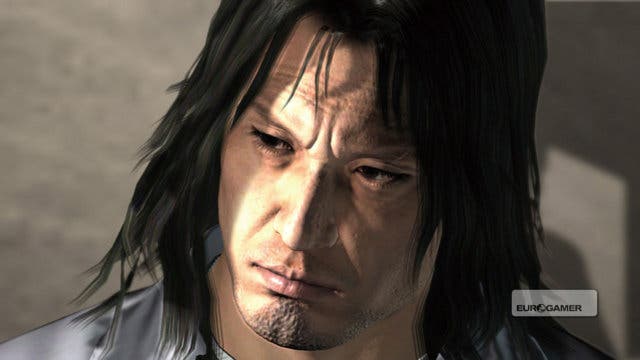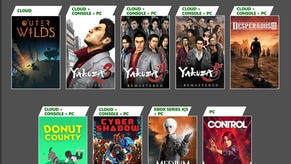Yakuza 4
Beaten into shape.
Made in less than a year with the same engine as Yakuza 3, you'd be forgiven for thinking Yakuza 4 would be a rehash or a lazy update. The similarities are plain to see; there's not much to differentiate the teeth-smashing, limb-snapping combat or fastidiously detailed setting from its predecessor's, at first glance. The differences, though, particularly the introduction of three new characters with which to roam the neon-lit streets of fictional Tokyo, have a huge impact on a series that's notoriously resistant to change. It's a notable improvement.
Practically everything that was true of Yakuza 3 also applies to Yakuza 4, which makes it rather difficult not to repeat myself. Its visual representation of Japan is astonishingly accurate, and though its endless series of street-brawls and bizarre side-missions can hardly be called a true-to-life portrayal of everyday life in Tokyo, the game does offer a fascinating insight into Japanese attitudes and melodramatic storytelling culture - right down to the institutionalised sexism, unfortunately, but we'll get to that. It'll fulfil your Japan fantasies, even if those fantasies merely involve actually winning something from a UFO machine.
But Yakuza 4's four-character structure completely changes the pacing, turning the game from a soup of open-world tasks interspersed with six hours of cut-scenes into a structured, episodic story. The Yakuza series' enduring problems - irritating random battles, ponderous story, repetitiveness and lack of direction - are mostly alleviated by the variety that four different characters bring to the fighting system and plot. It's a bit of a revelation.
The story, as always, involves a lot of sinister suited gangsters in boardrooms and dead bodies and enormous piles of money and topless men fighting. But each of the four characters has his own story, too, and these are actually far more interesting. The game's divided into five parts, one for each character, and a final chapter where they all come together, letting you switch between them. It feels like four smaller Yakuza games in one.

Kiryu Kazuma makes his return after Yakuza 3's cliffhanger ending, but only after about fifteen hours. First you're introduced to Shun Akiyama, a homeless dude turned moneylender with a maroon suit and an excellent sense of humour. (All loan companies in Japan are essentially run by the mafia, by the way, in case you're wondering why a charming finance man spends so much of his time kerb-stomping gangsters.) Taiga Saejima is an enormous mafia man who's just escaped from prison, having supposedly killed 18 people in a ramen bar in the eighties, and is the star of the game's best and most shocking cut-scene. Masayoshi Tanimura is a young ex-cop.
All of them have their ties to the yakuza, and to the main plot thread, but it's their individual back-stories that you find yourself caring about. Ryu ga Gotoku, as the series is known in Japan, involves an awful lot of watching - hours and hours of it - and previously it was possible to get weary of the story's complicated mafia families and hostess-bar fights and incessant smoking, however well-shot and acted the cut-scenes were. Having four different plot threads caters far more effectively to people with normal attention spans, and Akiyama and Tanimura particularly are much less boring personalities than staid, responsible Kiryu.











